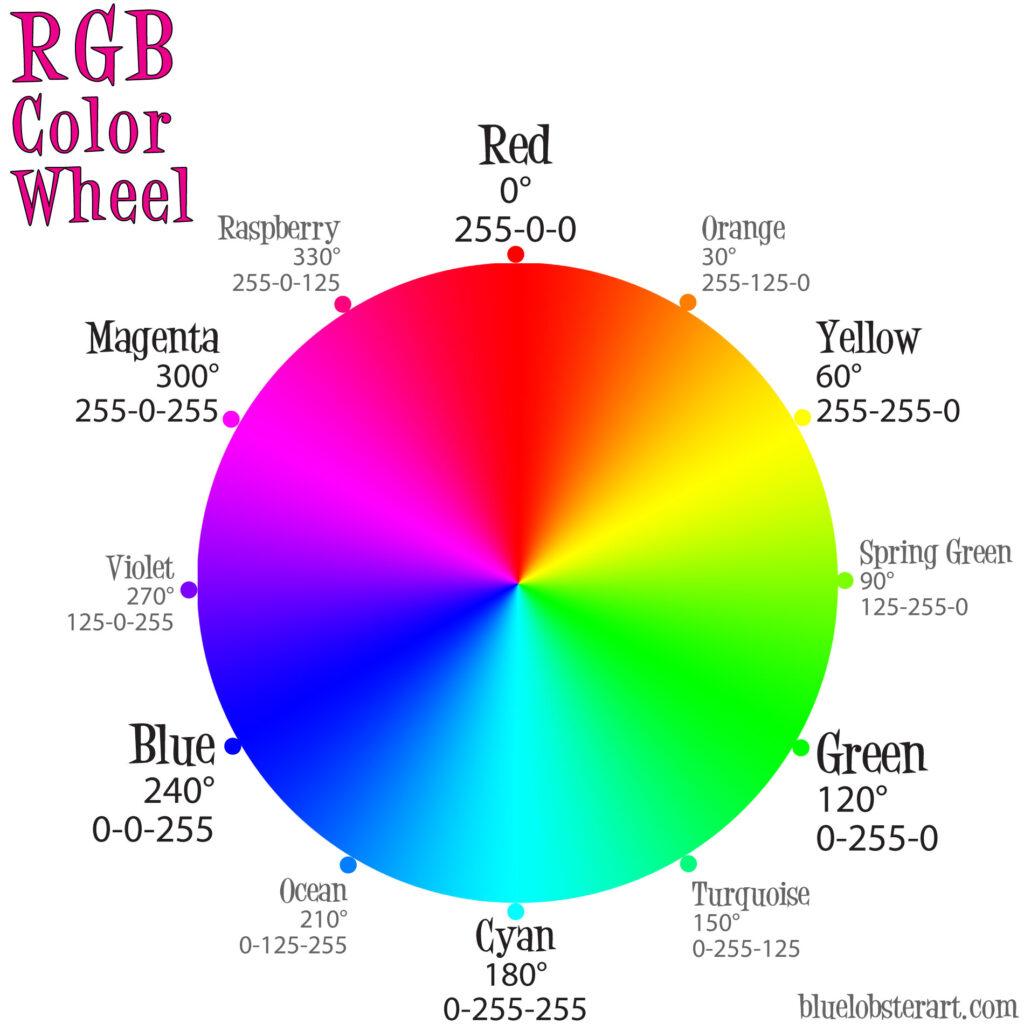Lesson Objectives: Utilize an Arduino Nano to control the color produced by an RGB LED. Understand the difference in code and wiring for a common anode vs common cathode RGB LED.
Materials Required:
- Breadboard
- Wires
- Microprocessor with cable
- Two RGB LEDs: one cathode and one anode
- Resistors (I used three 100 Ohms resistors, but any three low resistors will work. )
- The below Arduino sketches.
Image of a RGB common anode wired to a Nano on a breadboard:

Image of a RGB common anode circuit diagram:

Image of a RGB common cathode circuit diagram:

Code used for RGB common cathode:
/*
Adafruit Arduino - Lesson 3. RGB LED
https://learn.adafruit.com/adafruit-arduino-lesson-3-rgb-leds
*/
int redPin = 11;
int greenPin = 10;
int bluePin = 9;
//uncomment this line if using a Common Anode LED
//#define COMMON_ANODE
void setup()
{
pinMode(redPin, OUTPUT);
pinMode(greenPin, OUTPUT);
pinMode(bluePin, OUTPUT);
}
void loop()
{
setColor(255, 0, 0); // red
delay(1000);
setColor(0, 255, 0); // green
delay(1000);
setColor(0, 0, 255); // blue
delay(1000);
setColor(255, 255, 0); // yellow
delay(1000);
setColor(80, 0, 80); // purple
delay(1000);
setColor(0, 255, 255); // aqua
delay(1000);
}
void setColor(int red, int green, int blue)
{
#ifdef COMMON_ANODE
red = 255 - red;
green = 255 - green;
blue = 255 - blue;
#endif
analogWrite(redPin, red);
analogWrite(greenPin, green);
analogWrite(bluePin, blue);
}Additive RGB Color Wheel

Helpful links:
- The code used in this lesson was created by Simon Monk with Adafruit.
- It is helpful to find a good website to help choose RGB values to match LED light output.
- I used this page to design the breadboard picture.
- I used this website to design the circuit schematic.